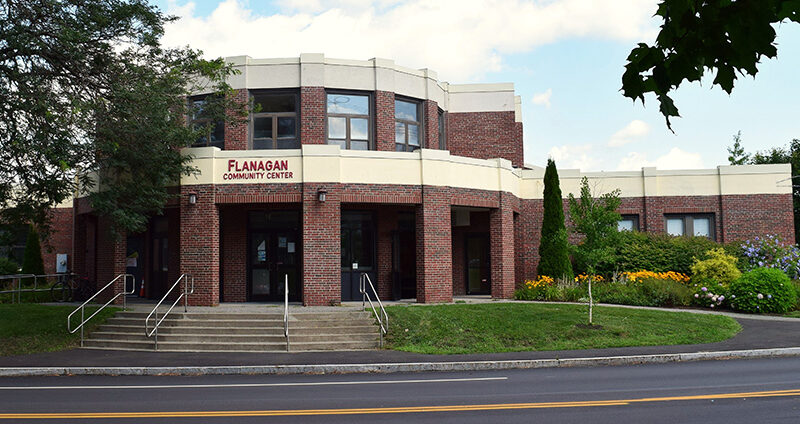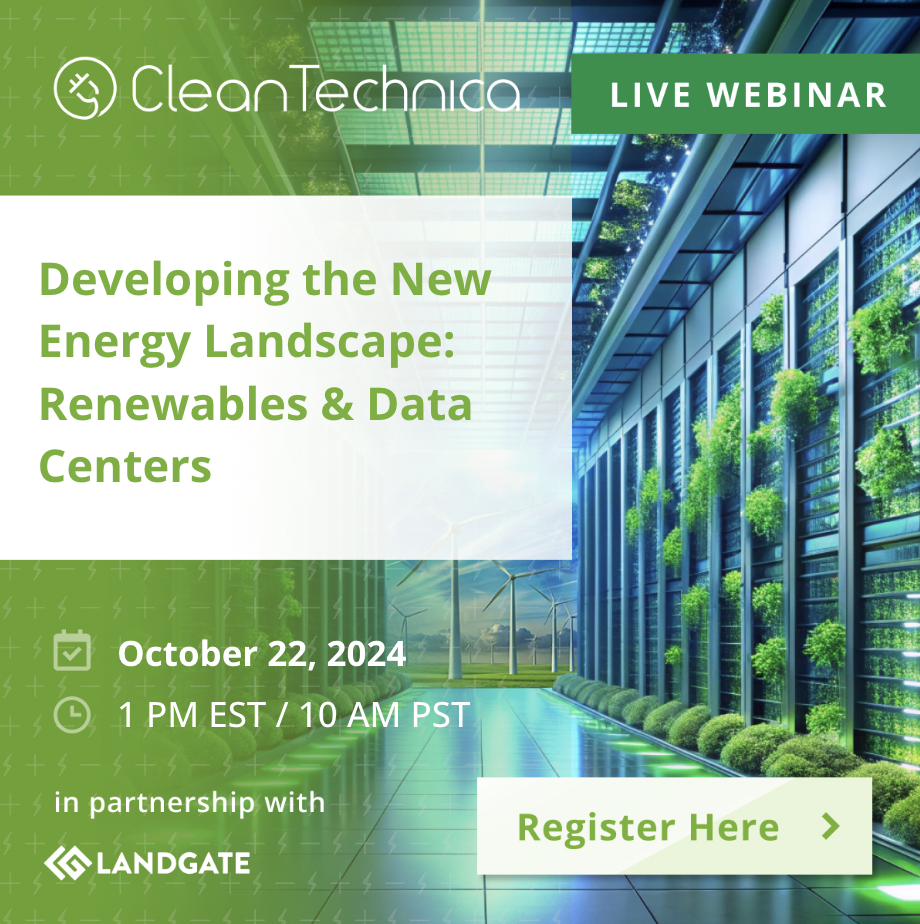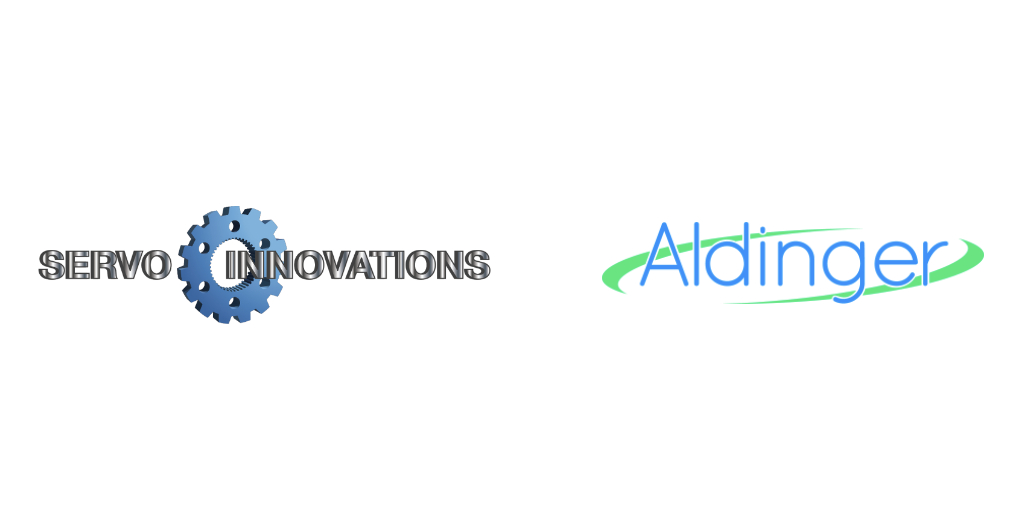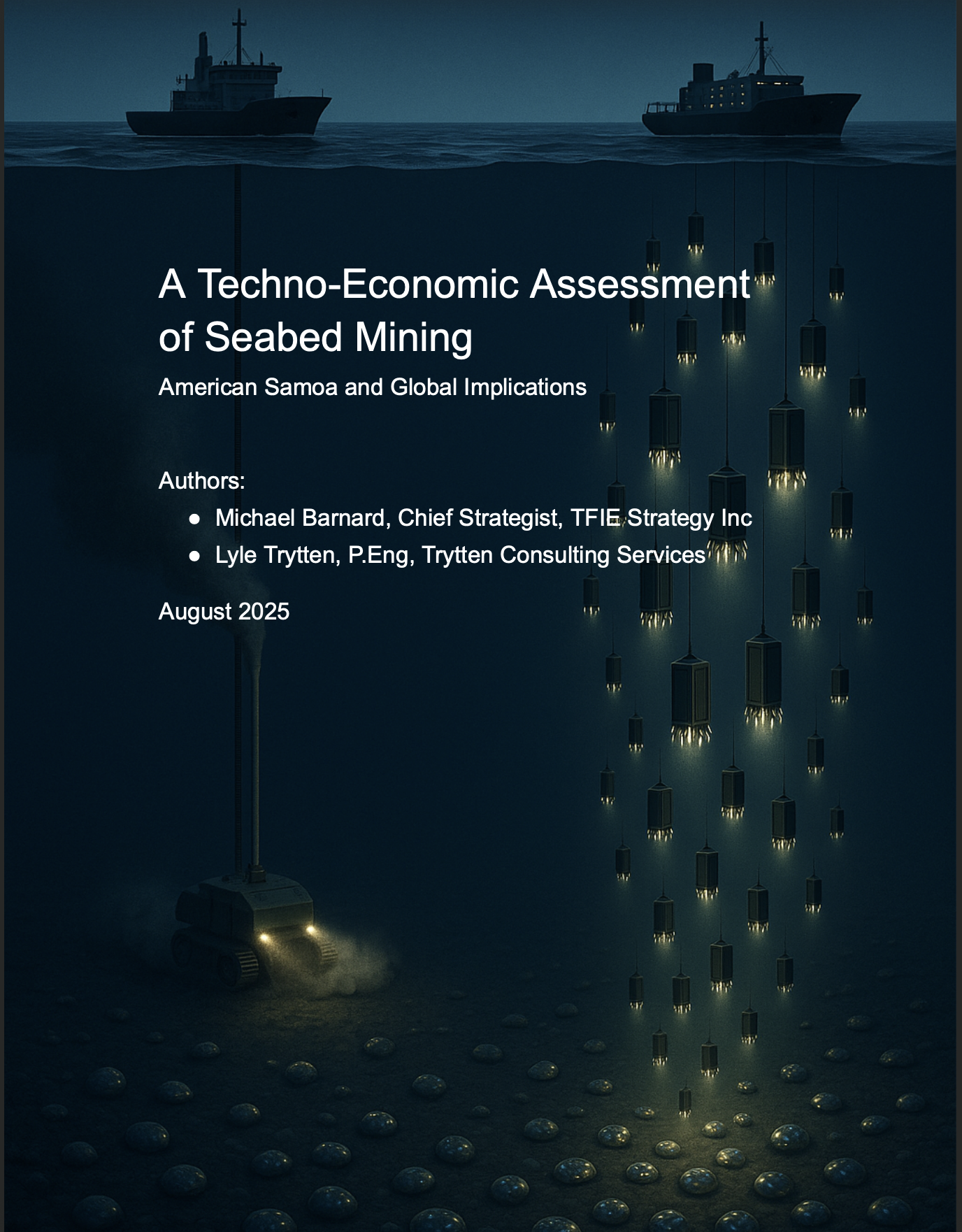Sign up for daily news updates from CleanTechnica on email. Or follow us on Google News!
Whether it is a sweltering summer or a frigid winter, digging just a few feet into the earth provides relief from the temperatures above. That is because, on average, the ground temperature is warmer than the air during the winter and cooler in the summer. This relatively constant subsurface temperature is one form of geothermal energy, and it offers a nationwide solution for home heating and cooling.
Ancient civilizations—from Native Americans to Greeks and Romans—relied on geothermal energy for cooking, bathing, and heating. Today, one way that geothermal energy is harnessed is with ground-source heat pumps (GSHPs)—sometimes also called geothermal heat pumps—which use pipes buried in the ground to transfer heat to or from the ground to cool or warm buildings. GSHPs can reliably control indoor temperature and humidity throughout the year while using up to 80% less energy, compared with conventional air conditioners or furnaces.
Tranquility Estates, a mobile-home community in Raymond, New Hampshire, is one of the communities tapping into geothermal energy through the U.S. Department of Energy’s (DOE’s) Clean Energy to Communities (C2C) Expert Match program. C2C Expert Match offers free, short-term technical assistance to communities to address their near-term clean energy challenges and questions.
Tranquility Estates residents applied to C2C Expert Match to get help identifying the right size of GSHP systems to meet the heating and cooling needs of the community. C2C Expert Match researchers at Oak Ridge National Laboratory (ORNL) used the resources of DOE’s Building Technologies Research and Integration Center to perform simulations and cost-benefit analyses to help the community understand the impacts of transitioning away from historically used energy sources.
“They wanted to know whether a ground-source heat pump could maintain the room temperature they were used to with their existing system,” said Jamie Lian, ORNL’s technical lead for its C2C projects. “So we used ORNL’s Ground Source Heat Pump Screening Tool to simulate the performance of ground-source heat pump systems for 60 mobile homes to identify the right size of the heat pump and the ground heat exchangers needed for each home.”
ORNL’s Ground Source Heat Pump Screening Tool is a publicly available techno-economic analysis tool for GSHP applications. It allows building owners; heating, ventilation, and air conditioning (HVAC) system designers; and installers to estimate the benefits and costs of implementing a GSHP system in various buildings at all climate zones in the United States.
Xiaobing Liu, an ORNL senior researcher who leads ORNL’s geothermal program, compared a GSHP’s performance to the mobile homes’ existing air conditioning units and gas furnaces. Liu simulated hourly electricity consumption for an entire year to compare both options.
“Based on our simulation, we can predict the room temperature and see whether that temperature can be maintained during the year, especially in the winter,” Liu said. “Our simulation shows that the GSHP system can keep these homes at their desired temperature throughout much of the year, except for a few hours when the ambient is very cold, in which case the room temperature is slightly below the set point. The GSHP eliminates fossil fuel usages for space heating in these homes, and the annual electricity use increases by less than 10%.”
Though electric use slightly increases, the move away from oil, propane, and natural gas-powered technologies—and instead relying on a solar farm to power the GSHP—would help the Tranquility Estates community reduce its energy bills in addition to reducing carbon emissions.
“Raymond, New Hampshire, is one of a handful of communities we’ve supported through C2C Expert Match that are interested in exploring the potential role of geothermal energy in decarbonizing emissions in residential and commercial buildings,” said NREL’s Darylann Aragon, who leads the C2C Expert Match Program.
Heat Pumps Can Utilize Air and Water Temperatures Too
GSHPs are just one type of heat pump that communities are using to meet their unique needs now while simultaneously preparing for more renewable systems in the future.
“In the broader energy transition away from fossil fuels, heat pumps represent a practical and scalable technology that can be adopted with existing infrastructure while supporting future energy systems,” said Jian Sun, an ORNL researcher whose heat pump expertise, along with ORNL researcher Yanfei Li’s, helped the city of Rockland, Maine, during its C2C Expert Match participation.
After Rockland transitioned to 100% renewable municipal electricity in 2020, the city turned its focus to electrifying its public facilities. Before applying for Efficiency Maine’s Municipal Electrification Retrofit funding opportunity, the city wanted help identifying which facilities were best suited for a retrofit.

“They wanted to know which technologies covered by the funding opportunity were best suited for the three facilities they were considering: the Rockland Fire Department, Flanagan Community Center, and a public services facility,” Sun said.
With a limited amount of time to perform the energy analysis needed, ORNL advised Rockland to focus on its Flanagan Community Center, which involved analyzing air-source, water-source, and ground-source heat pumps and a variable refrigerant flow system.
“We investigated what the cost would be to transition those heating devices to heat pumps,” Sun said. “There are many different types of heat pumps out there in the market, so they needed help understanding which is more suitable for their cold climate.”
And climate suitability is only one of several factors that need to be considered when retrofitting a building with a heat pump, according to Lian.
“It’s not just an operational cost that you need to consider,” Lian said. “When we translate the energy efficiency savings to the cost savings, it’s really case-dependent because in some locations the consumption rate might be lower or higher, so the savings could greatly vary. Then you have other costs, like installation cost, maintenance cost, design cost. So, there are many different costs that need to be considered during this process.”
Aragon added that holistic and transparent information can help communities make informed decisions about what is best for them.
“We continue to support many communities—more than 30 and counting—that have questions around both new building decisions and decarbonizing buildings through expert insights on energy efficiency measures and retrofits,” she said.
The research team created a presentation to help city staff understand the results of the analysis: The proposed air-source heat pump solution has the potential to reduce energy consumption by 45% and save 42% in energy cost, compared to the current baseline boiler heating approach.
The C2C Expert Match analysis helped the city identify additional building updates that would need to precede an electrification retrofit. A cost-benefit analysis led the city to determine that it was “not a good fit” for Efficiency Maine’s Municipal Electrification Retrofit program, according to Jenny Carter, a sustainability coordinator for Rockland.
“With the help of Expert Match, we were able to understand the full value of an electrification retrofit—to the building and the broader community—and pursue next steps to develop cost estimates and identify required repairs before an electrification retrofit can take place,” said Carter, who noted that the Expert Match information continues to help the city pursue other building retrofit funding opportunities.
Expert Match applications are accepted and reviewed on a rolling basis. Learn more about all of C2C’s program opportunities and apply on the C2C website.
C2C connects community-based groups, local governments, utilities, and other organizations with national-laboratory experts to close the gaps between communities’ clean energy ambitions and real-world deployment. The technical assistance offered through C2C can offer meaningful insights around clean energy decision-making to help communities achieve resilient clean energy systems that embody local and regional priorities. For example, C2C analysis can provide insights on the financial and social costs and benefits of electric vehicles, geothermal systems, or capturing and storing solar energy. Such analysis provides community-specific information on the funding and support needed to bring clean energy projects to fruition.
By Brooke Van. Courtesy of NREL.

Have a tip for CleanTechnica? Want to advertise? Want to suggest a guest for our CleanTech Talk podcast? Contact us here.
Latest CleanTechnica.TV Videos
CleanTechnica uses affiliate links. See our policy here.
CleanTechnica’s Comment Policy





